I took in the special screening in Bismarck on December 17 of Peter Jackson’s documentary film They Shall Not Grow Old that covers the experience of soldiers during the war, focusing on the British. It was a project that was designed and developed during the centennial commemoration of the war and was released in Britain in time for Remembrance Day 2018. There is another special showing on December 27 at selected theaters in the United States and I must encourage everyone to go and see it.
Jackson utilized the film holdings at the Imperial War Museum, as well as hundreds of hours of oral history interviews with veterans to create a masterful work that brought the 100-year-old film to life in an exciting way. The veterans’ voices were dubbed to the film, capturing the overall story of the war within a couple of hours.
Viewers are taken on a journey, as the outbreak of war is noted, followed by the men choosing to enlist, with several noting how they lied about their age to serve. Early enthusiastic days of basic training are recounted, with the air of the unknown and feeling that the war will be quick.
Life in the trenches and at the front in general is an important subject of the film. However, the sequence dealing with combat was intense and the aftermath was harrowing. Finally, the end of the war and the post-war experiences illustrated the hardships and camaraderie shared by the veterans on the front by their collective experience of the horrors of the conflict, as well as the division between those who served and the rest of society that seemed to carry on as if nothing had happened.
What truly stood out to me was the humility and dedication of the men. They experienced the horrors of trench warfare for years and reflected on it years later as a job they had to do and that they did it. Further, they expressed a willingness to go through it again, that their service made them the men they were. Listening to the voices of men that have been silenced by death for years made me question if we have left a legacy worthy of such sacrifice.
The other thing that came across in the oral histories employed in the film was the psychological effects of the war on the veterans. While a few segments included men choking up when reflecting on lost friends and combat experiences, all had the air of trauma to them, just under the surface. The interviewees were middle-age or older when interviewed and you could sense that the invisible wounds and scars of the war were present. The film certainly represents a wonderful example to study the psychological impact of World War I on its veterans and broader society.
As an archivist, I was amazed with the ability to use technology to alter and restore archival material used in the film. While I do not work directly with film resources in my work, I am aware of some of the issues present in working with the medium, especially material as old as the film created in World War I. Seeing how Jackson was able to sharpen, restore, and colorize such film was amazing. Further, his use of sound and the colorization of the film gave it a much more life-like quality.
While the 100th anniversary of the end of the war has passed, there is still much to learn and be written on this conflict. The war altered our world in ways we still are unable to comprehend and shaped history to such a degree that we still deal with the consequences today.
They Shall Not Grow Old is a film worth seeing. It presents the war in a gripping, raw, and real fashion that no other documentary has been able to. It will hopefully cause you to reflect on the sacrifices of past generations and want to learn more about your connections to the war, but most importantly, it will hopefully keep the memories of a now-deceased generation alive a little longer in our hearts and minds so that we might remember them.




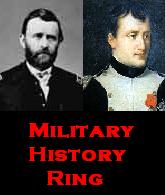









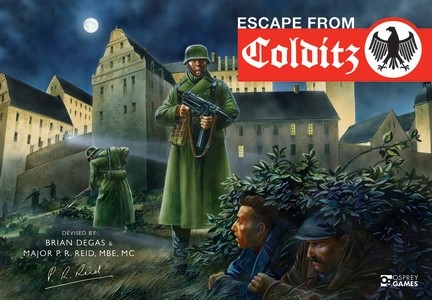
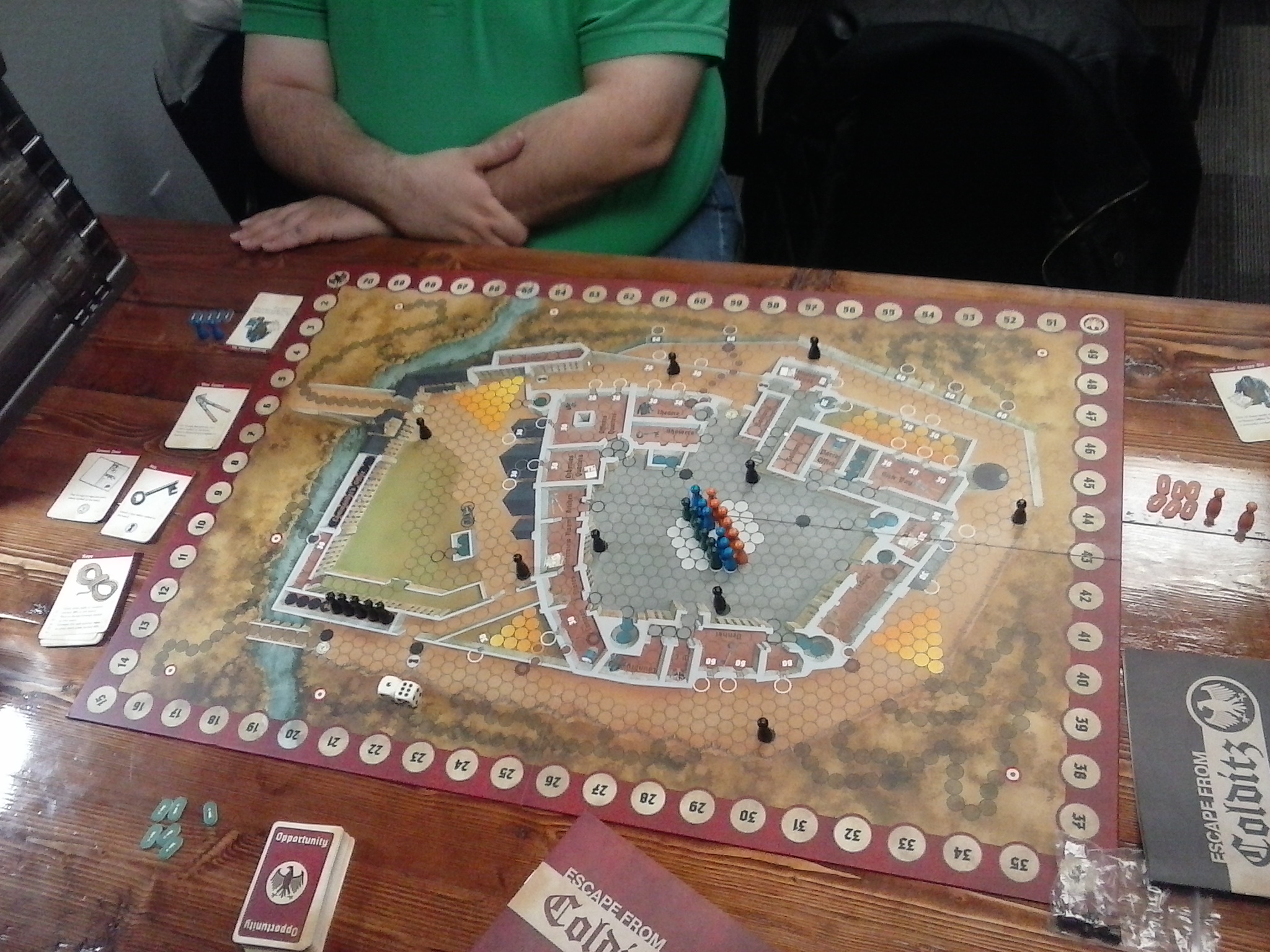
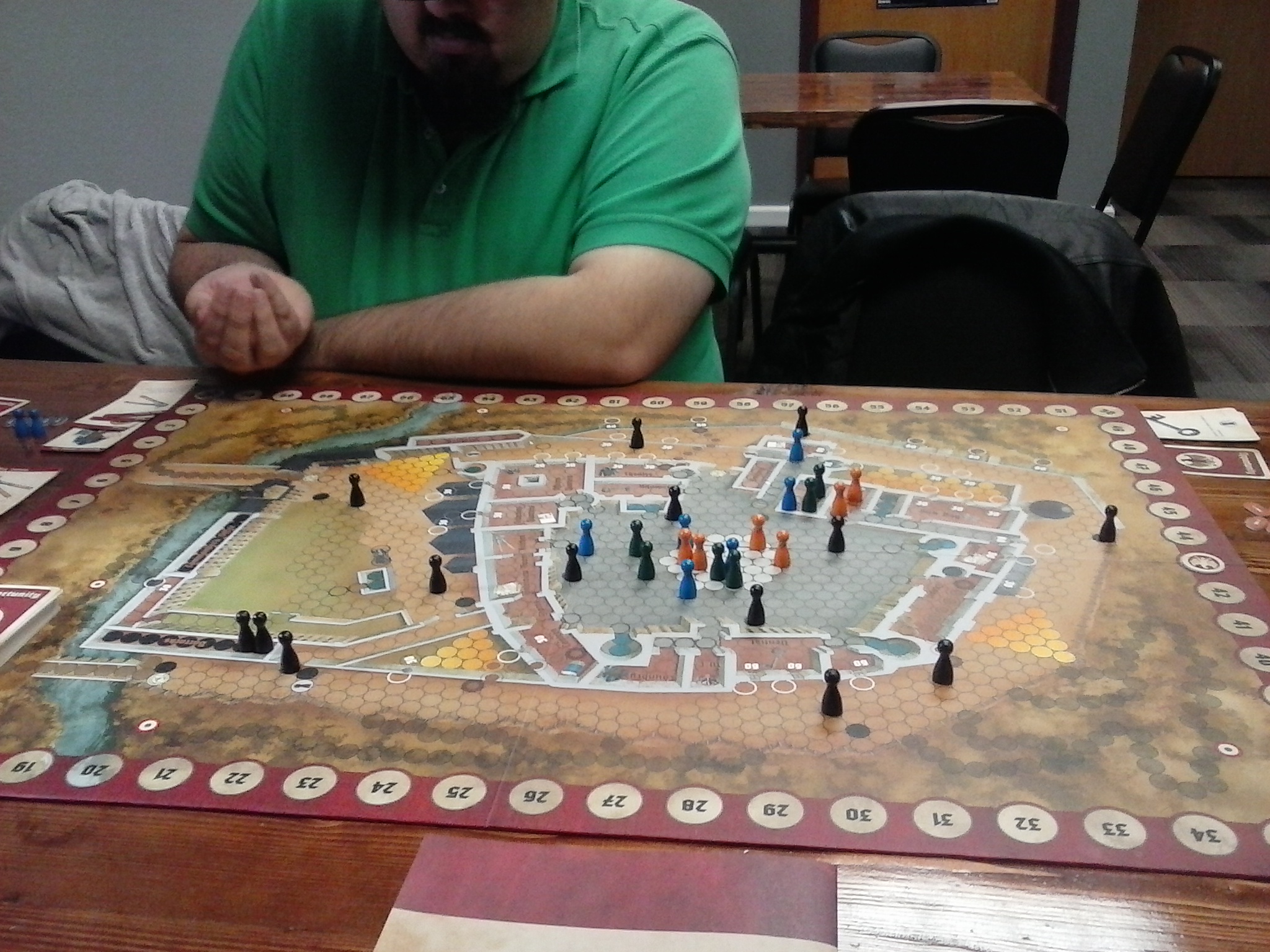
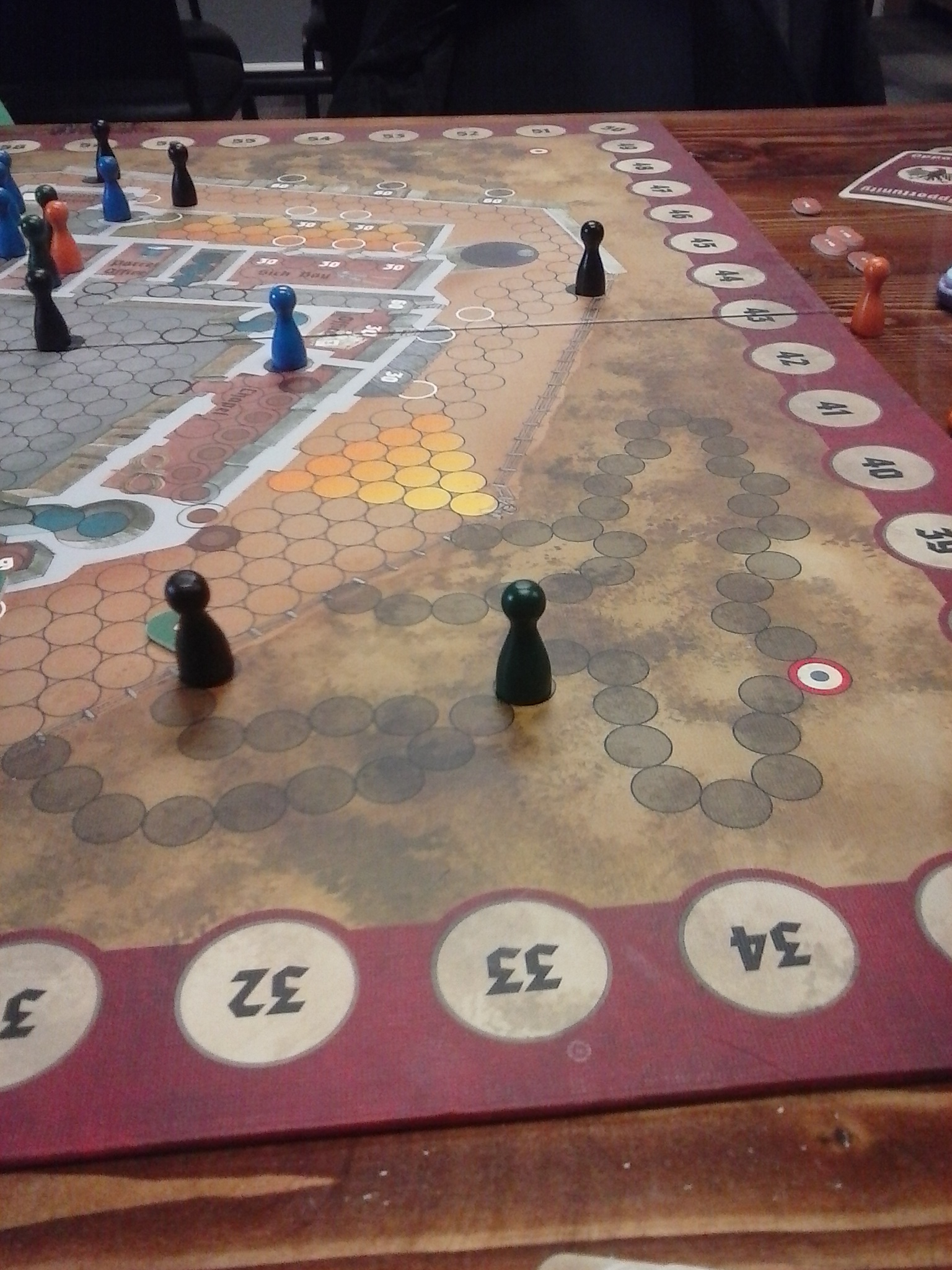
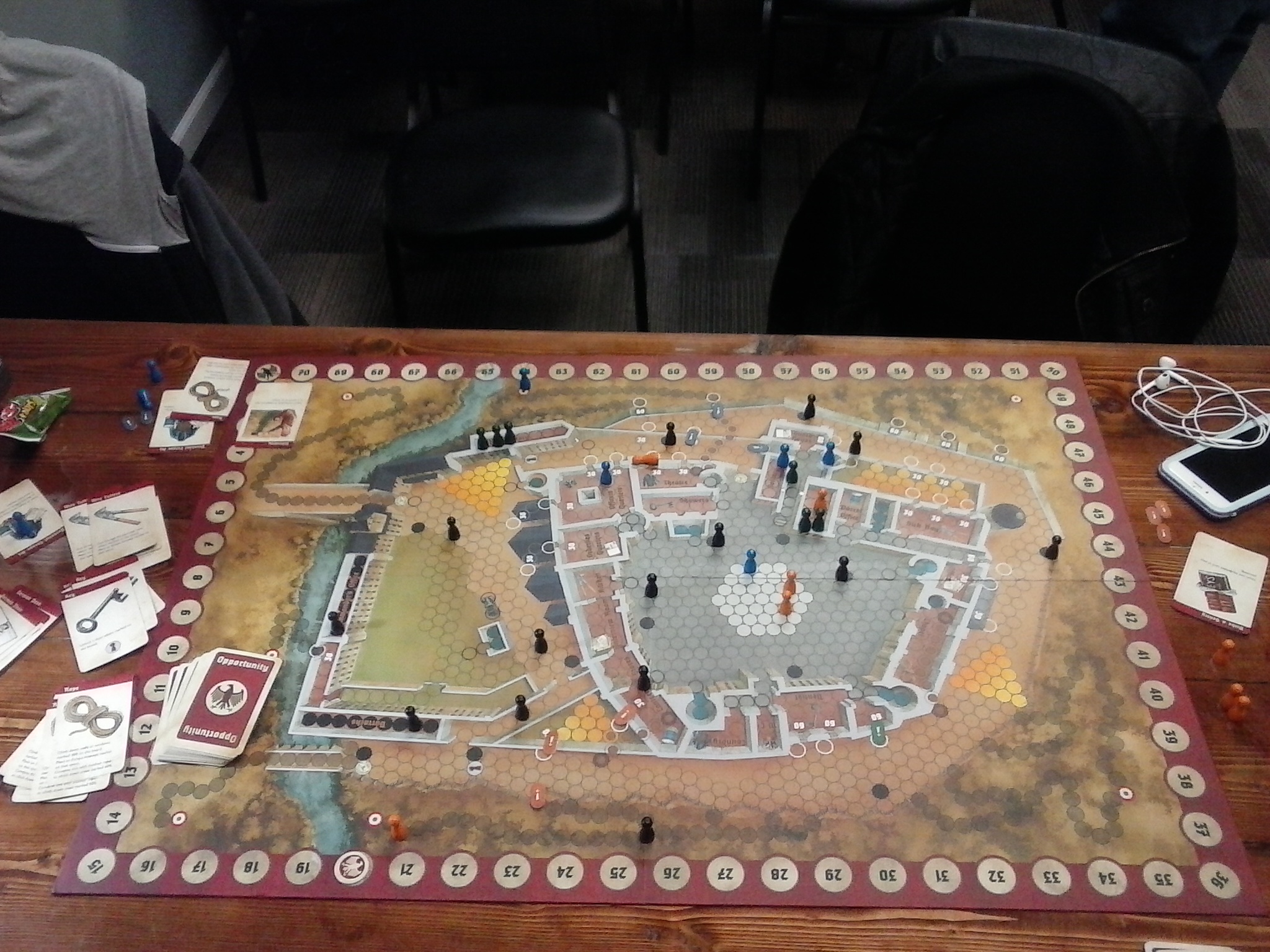
 Bill Fortin, Redeye Fulda Cold: A Rick Fontain Novel. Cold War Publications, 2015. Maps, Illustrations, Photographs. $16.15. 422pp.
Bill Fortin, Redeye Fulda Cold: A Rick Fontain Novel. Cold War Publications, 2015. Maps, Illustrations, Photographs. $16.15. 422pp.